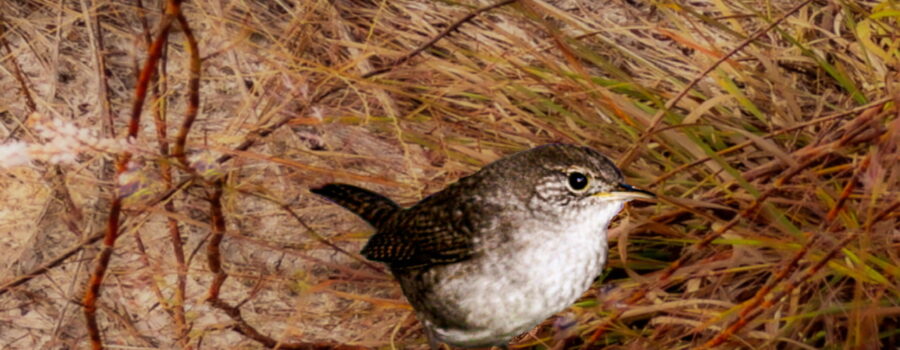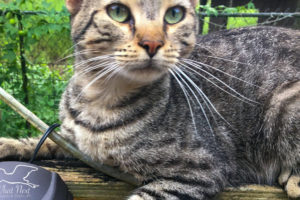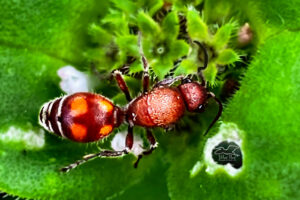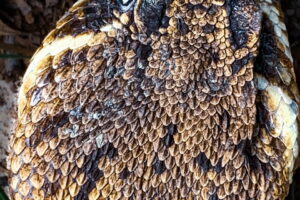House Wrens are an Interesting Winter Migrant in Florida

The main reason that I feed the wild things each day is to make their lives a little easier and to encourage them to hang around. I even get a little attached to some of them like Momma and Poppa cardinal. But in the late fall and winter and again in the spring, the feeding station also provides food for migrating birds like this little northern house wren (Troglodytes aedon aedon) that showed up around feeding time on Monday. During the summertime these birds live and breed in the northern United States and Canada, but in the winter, they migrate to the southern United States and Mexico. The subspecies known as the southern house wren (Troglodytes aedon musculus) can be found from northern Mexico through southern South America, making this the most widely distributed bird in the Western Hemisphere. In addition, there are a number of other subspecies found on Caribbean islands. I’m not sure if this particular bird is here to stay for the winter, or if it was just passing through, and it never actually came out of the brush to the feeding station while I was outside. Only time will tell.

House wrens are pretty common in most of the northern US and Canada during the summer where they usually produce two clutches of eggs. Like house sparrows, they are often found around people and will readily nest in nesting boxes as well as holes in trees or large crevices. They will even sometimes nest in old boots, cans, boxes or other protected places. The female incubates the eggs, while the male hunts for insects, spiders, grubs, flies, and small snails to feed them both. Once the eggs hatch, both parents hunt for and feed them. They usually fledge in 15-18 days. Despite the fact that house wrens are quite small, they can sometimes be aggressive, especially when protecting their nests. They are also very territorial and have been known to drive off larger birds that want to use similar nesting spots. This little one seemed quite shy, but if it decides to hang around for a bit it may well come out of it’s shell. Once again, only time will tell.





Recent Comments